Strengthen fraction comparison skills by sorting cards according to the inequality symbol that makes each statement true.
Comparing Fractions Activity
Have your students mastered comparing fractions with visual models? If your students are able to determine the size of a fraction based on a visual model, they may be ready to practise this skill with numerically-written fractions. Through this activity, students will compare two fractions with the same numerator or the same denominator by reasoning about their size.
Students or the teacher should cut apart the headings and fraction cards. Then, students will sort the cards based on which comparison symbol should be placed between the fraction pair on the card. Students can glue the headings and cards onto a larger piece of paper. Alternatively, students could sort the cards and take a picture to submit their work or simply show their teacher and have it checked. There is a recording sheet that can be used for accountability or organization purposes as well. To use the recording sheet, students write the card numbers in the correct columns. The work can be checked with the provided key.
This resource is intended to be a practice activity for students to practice a variety of fraction comparisons.
Tips for Differentiation + Scaffolding
A team of dedicated, experienced educators created this resource to support your maths lessons.
In addition to individual student work time, use this sorting activity to enhance learning through guided maths groups or whole class lessons.
If you have a mixture of above and below-level learners, check out these suggestions for keeping students on track with the concepts:
🆘 Support Struggling Students
To provide additional support, encourage the use of manipulatives. Help students model the fractions as needed. Discuss observations and share strategies aloud to demonstrate your thinking. Teachers can also remove cards to reduce the workload as needed. It may also be beneficial (and save class time) to cut the headings and cards and place them in bags prior to student use.
➕ Challenge Fast Finishers
As an extension, ask students to compare the fractions on the cards to one-half. Discuss how they can tell if a fraction is worth more or less than one-half without using a model or manipulatives. Additionally, challenge students to sort the fraction cards another way using a diagram or headings of their choosing.
Easily Prepare This Resource for Your Students
Use the dropdown icon on the Download button to choose between the PDF or Google Slides version of this resource. A recording sheet and answer key are also included with this download.
Print on thick card for added durability and longevity. Place all pieces in a folder or large envelope for easy access.
Sustainability Tip: Print a few recording sheets on thick card and slip them into dry-erase sleeves. Students can record their answers with a whiteboard marker, then erase and reuse them.
This resource was created by Lorin Davies, a Teach Starter Collaborator.


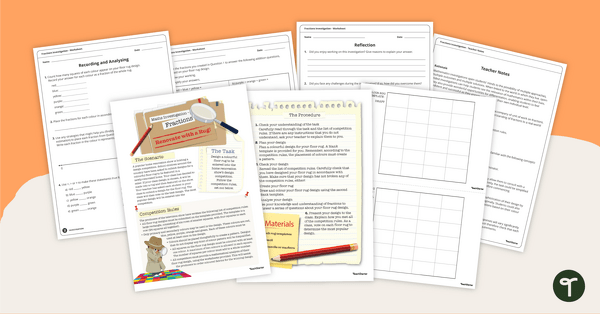
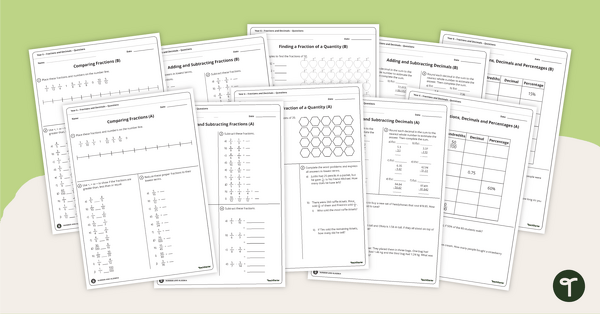
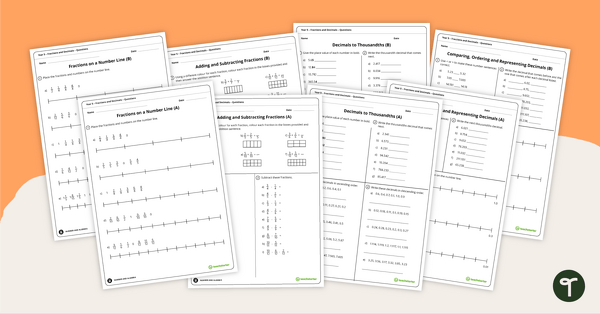
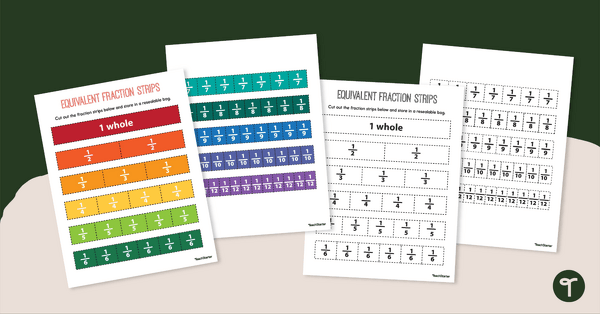
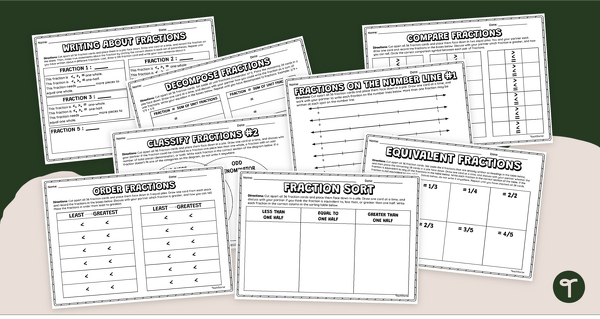

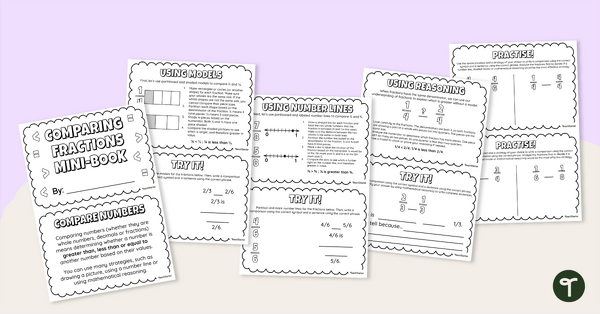


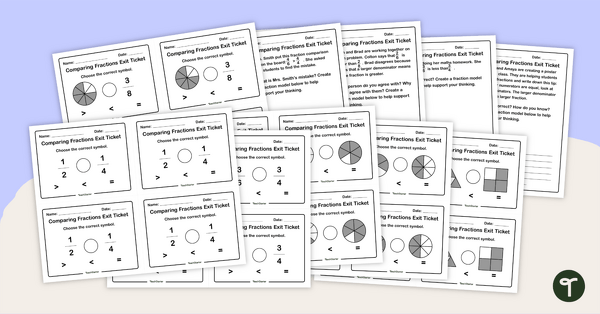
0 Comments
Write a review to help other teachers and parents like yourself. If you'd like to request a change to this resource, or report an error, select the corresponding tab above.